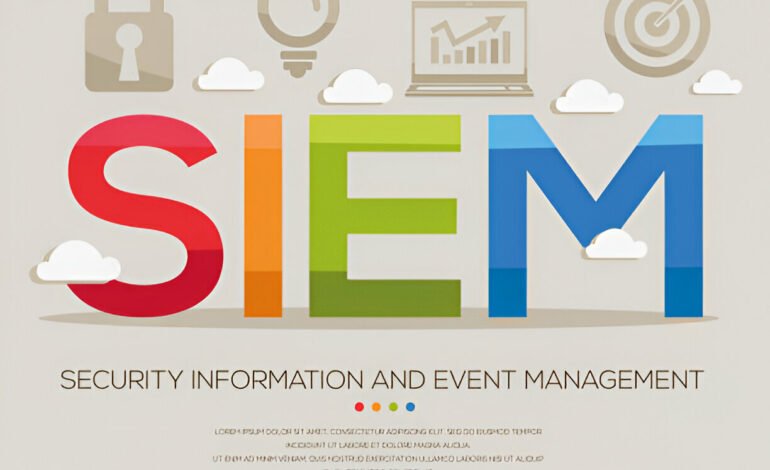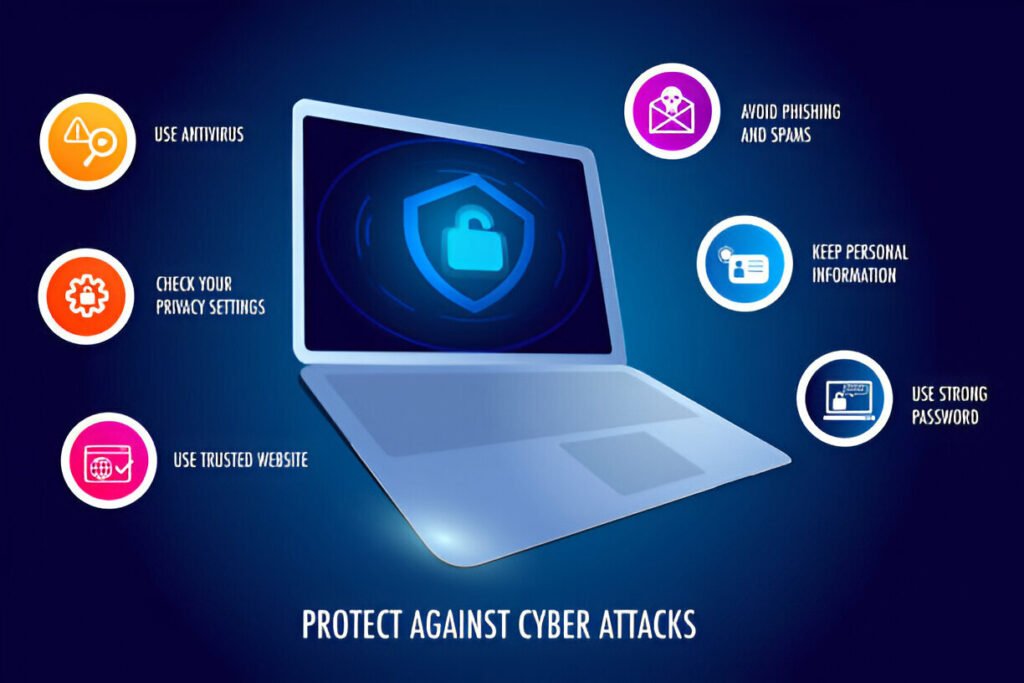
How SIEM Can Enhance Your Security Posture
In today’s digital age, ensuring the security of your data and systems is more critical than ever. But how can you effectively manage and protect against the ever-evolving landscape of cyber threats? Enter SIEM (Security Information and Event Management), a powerful tool that can significantly bolster your security posture. In this article, we’ll explore what SIEM is, how it works, and the numerous ways it can enhance your organization’s security.
SIEM stands for Security Information and Event Management. It’s a comprehensive solution designed to help organizations detect, analyze, and respond to security threats in real time. Think of SIEM as the security guard of your digital fortress, constantly monitoring and analyzing everything that goes on within your network.
Why SIEM is Important
In the face of sophisticated cyber attacks, traditional security measures often fall short. This is where SIEM steps in. By providing a centralized view of your security landscape, SIEM enables quicker detection of anomalies and potential threats, thereby minimizing the risk of data breaches and other cyber incidents.
How SIEM Works
At its core, SIEM collects and analyzes log data from various sources within your network, such as servers, applications, and security devices. This data is then correlated to identify patterns and detect potential security incidents. Imagine having a puzzle with thousands of pieces; SIEM helps you put those pieces together to see the bigger picture.

Key Features of SIEM
1. Real-Time Monitoring and Alerts
SIEM continuously monitors your network for suspicious activities and sends alerts in real-time, allowing for swift action.
2. Log Management
It collects and stores logs from multiple sources, ensuring that all data is available for analysis and compliance purposes.
3. Incident Detection and Response
SIEM identifies potential security incidents and automates the response process, reducing the time it takes to mitigate threats discovertribune.
4. Compliance Reporting
Many industries require organizations to adhere to specific regulations. SIEM helps generate reports that demonstrate compliance with these standards.
5. Threat Intelligence Integration
SIEM integrates with threat intelligence feeds to stay updated on the latest threats and vulnerabilities, enhancing its ability to detect and respond to new types of attacks.
Benefits of Using SIEM
1. Enhanced Threat Detection
By analyzing vast amounts of data and correlating events, SIEM significantly improves the ability to detect sophisticated threats that might otherwise go unnoticed.
2. Faster Incident Response
Automated alerts and predefined response protocols enable faster reaction times, minimizing potential damage from security incidents.
3. Improved Compliance
SIEM simplifies the process of meeting regulatory requirements by automating log collection, retention, and reporting.
4. Comprehensive Visibility
SIEM provides a centralized view of the entire security landscape, making it easier to manage and monitor security across the organization.
5. Cost Efficiency
While the initial investment in SIEM can be substantial, the long-term benefits of reduced risk and improved efficiency can lead to significant cost savings.
SIEM vs Traditional Security Measures
Traditional security measures, like firewalls and antivirus software, are essential but often limited in scope. They focus on specific aspects of security rather than providing a holistic view. SIEM, on the other hand, integrates multiple security functions, offering a more comprehensive approach to threat detection and response.
Implementing SIEM in Your Organization
1. Assess Your Needs
Before implementing SIEM, it’s crucial to understand your organization’s specific security requirements and goals.
2. Choose the Right SIEM Solution
There are numerous SIEM solutions available, each with its own set of features. Select one that aligns with your needs and budget.
3. Plan the Implementation
Develop a detailed implementation plan that includes timelines, resources, and responsibilities.
4. Train Your Team
Ensure that your IT and security teams are well-versed in using the SIEM system effectively.
5. Regularly Review and Update
SIEM is not a set-it-and-forget-it solution. Regular reviews and updates are necessary to keep it effective against evolving threats.
Challenges and Solutions in SIEM Implementation
1. Complexity
Implementing SIEM can be complex due to the integration of various systems and data sources. Proper planning and skilled personnel are essential to overcome this challenge.
2. Cost
The cost of SIEM solutions and their maintenance can be high. However, the investment is justified by the enhanced security and compliance it offers.
3. False Positives
SIEM systems can generate false positives, leading to alert fatigue. Tuning the system and setting appropriate thresholds can help mitigate this issue.
4. Data Management
Handling and analyzing large volumes of data can be overwhelming. Leveraging advanced analytics and machine learning can enhance data processing capabilities.
Future of SIEM
The future of SIEM looks promising, with advancements in artificial intelligence and machine learning playing a significant role. These technologies will enhance SIEM’s ability to detect and respond to threats more accurately and efficiently. Moreover, the integration of SIEM with other security technologies will provide even more comprehensive protection.
Conclusion
In a world where cyber threats are becoming increasingly sophisticated, SIEM offers a robust solution to enhance your security posture. By providing real-time monitoring, advanced threat detection, and automated incident response, SIEM helps organizations stay one step ahead of potential threats. Implementing SIEM may come with challenges, but the benefits it provides in terms of security, compliance, and overall efficiency make it a worthwhile investment.





